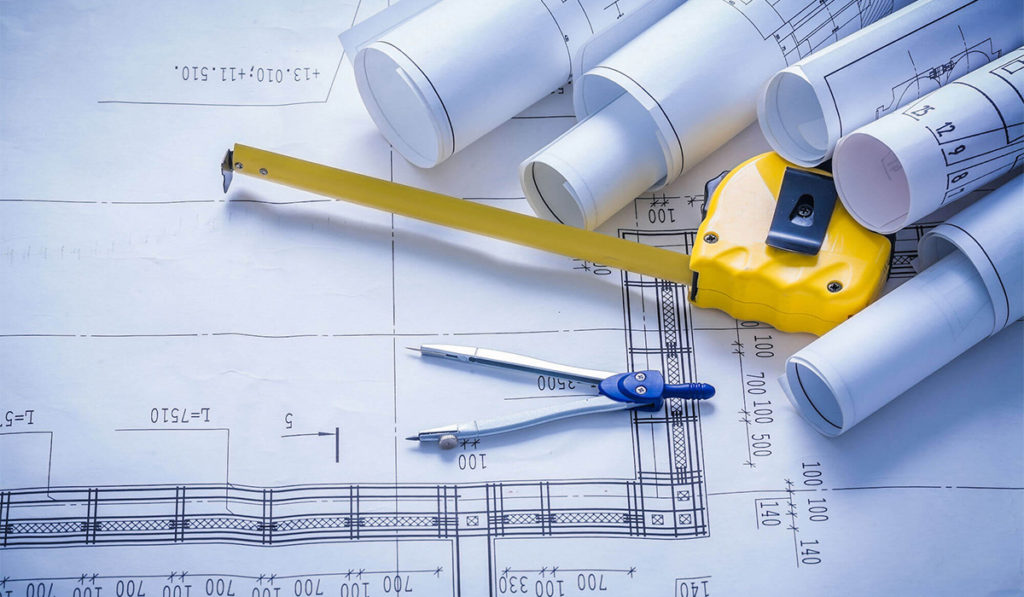
As we mark the recent one-year anniversary of the declaration of COVID-19 as a public health emergency, many of us find ourselves reflecting on the past year — grieving for those who lost their lives; missing in-person interaction with family, friends, and colleagues; finding new appreciation for educators and frontline workers; and feeling anxious to return to a “normal” way of living.
We are also taking stock of what we’ve learned and how the experience is bringing change to our lives and our businesses. While many industries have been affected by the pandemic, the healthcare industry is one that faced enormous pressure and is in the process of reshaping itself to be positioned for the future. Providers are evaluating how healthcare is being delivered around the country, and proactively addressing major impacts on the overall operations of healthcare facilities. This reassessment is bringing together architects and general contractors who work on expansion, renovation and new construction of facilities to create healthcare spaces that improve infection prevention, create contactless environments and allow for flexibility in design that can adapt to address the community’s future emergency needs.
As one of the largest healthcare builders in the country, McCarthy Building Companies formed a task force to engage a national network of healthcare facility owners, trade and design partners to better understand both immediate and long-term design and construction needs as a result of the pandemic. This type of ongoing collaboration enables forward-thinking analysis and innovative solutions to be integrated into current large-scale healthcare projects already underway throughout Arizona and across the country.
“Our healthcare partners needed to focus on addressing the pandemic and caring for the sick – they were being overwhelmed and juggling the most critical needs within our community,” says McCarthy vice president Chris Jacobson, who served on the task force. “Seeing the dedication of front-line workers in Arizona and around the country inspired our task force to want to help. We asked, ‘What are the things we can do to improve their circumstances?’ — we wanted to do what we could to make situations like these better and decided to analyze buildings and facility systems.”
Through collaboration and an in-depth analysis of data, systems and technology, the taskforce identified several ways that facilities could incorporate features and new design strategies focused on reducing the spread of infection and providing flexibility.
Infection Control
Infection control is always top of mind when working in active healthcare facilities. Facility teams are taking a more critical look at HVAC systems within hospitals and modifying existing systems to augment air filtration. Some are opting to install new systems that allow for temporary isolation of supply and return air or systems that utilize UV, bipolar ionization or thermal sterilization techniques as additional levels of filtration. Additionally, floor-to-ceiling air circulation designs can reduce the potential for contamination when compared to more traditional overhead systems.
The need for a more granular ability to isolate areas of the building from an airflow standpoint to control infection has been a key focus. Many Arizona healthcare facility owners are incorporating additional negative air pressure rooms in their hospitals. While not as costly as “airborne infection isolation” (AII) rooms, negative air pressure ventilation systems are designed to help prevent the spread of infections like coronavirus between patients and healthcare workers, and have been proven to be an economical and effective solution for treating critical COVID-19 patients.
Space Flexibility
As healthcare owners plan their next facilities, the primary focus is on flexible design that allows for rapid reconfiguration to better accommodate such emergency responses. Even during typical years, a bad flu season can greatly increase the need for more capacity in healthcare settings. Some flexible design solutions being implemented include:
- Multi-use consideration of spaces to allow for expedient conversion of operating room (OR) suites and waiting rooms to ICU bed facilities,
- “Universal Patient Room” concepts that allow conversion of more spaces into ICU bed spaces,
- Increased separation of outpatient services from main hospital facilities to medical office buildings, and
- More developed designs for temporary triage spaces, including prefabricated solutions.
Contactless Technology
- COVID-19 has made everyone more aware of how germs are spread and has led to permanent changes in healthcare design moving forward. This is leading to more touchless technology being installed and implemented. Touch points are being eliminated and voice recognition or automatic activation is becoming more common.
- Another shift the healthcare industry is beginning to implement is touchless check-ins for emergency rooms and clinics, as well as touchless kiosks and informational displays. App usage in healthcare has also increased significantly. While many health systems have pushed for patients to check-in using an app from a smart phone, the pandemic is causing people to accept and embrace it.
Lessons learned from the pandemic will have long-lasting effects on healthcare design and construction well into the future. And, as we return to a “new normal,” we will continue to work with our healthcare clients to help identify adaptations that will better position healthcare facilities to address future similar health emergencies and provide frontline caregivers with additional support in the fight.
Chris Nickle is executive vice president of the Southwest region for McCarthy Building Companies.
















